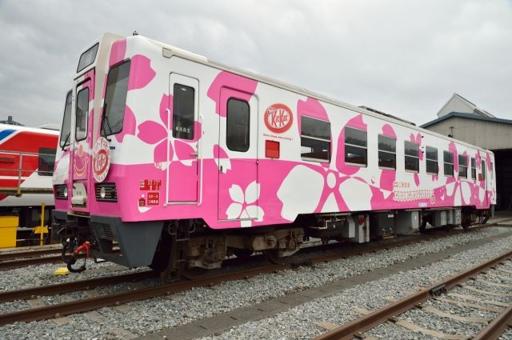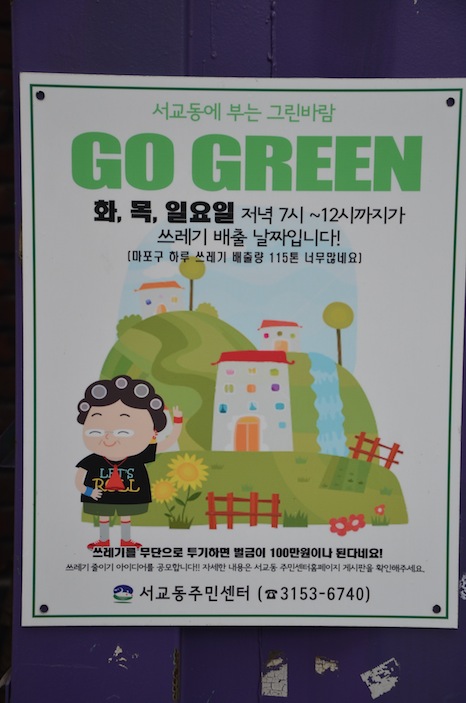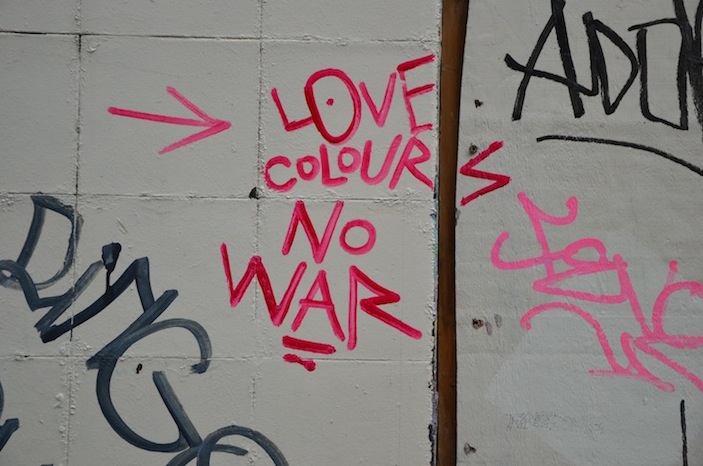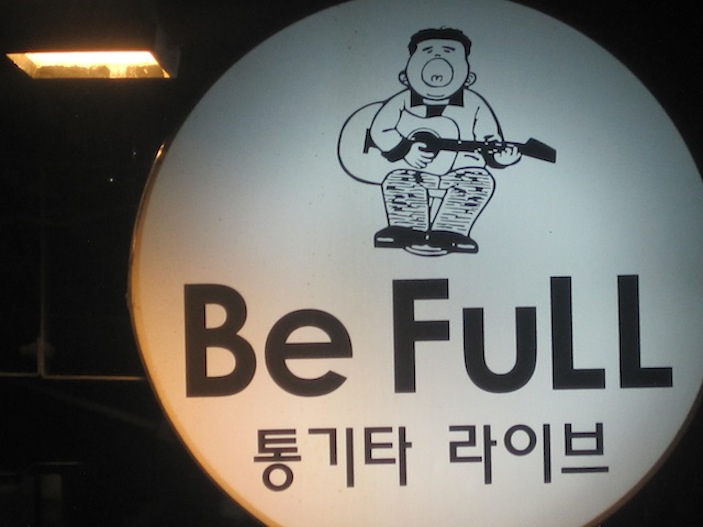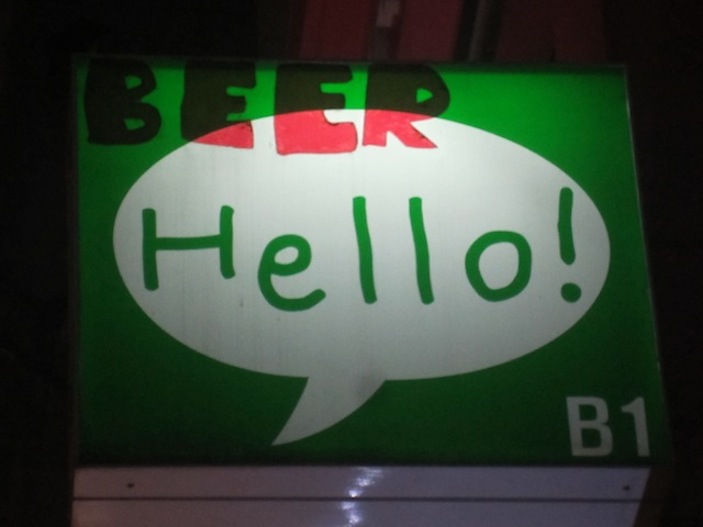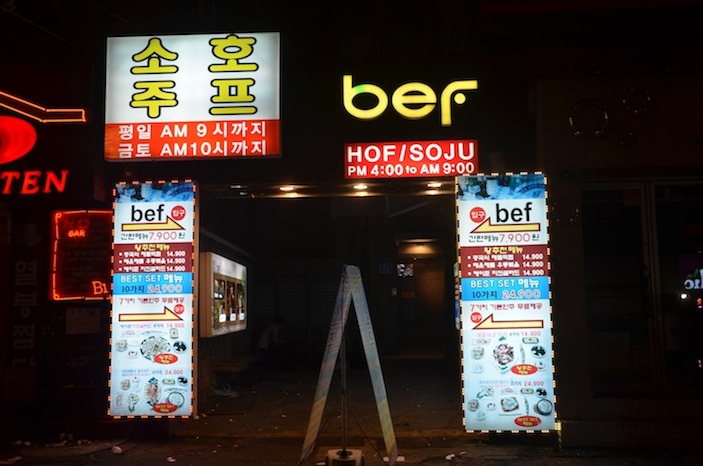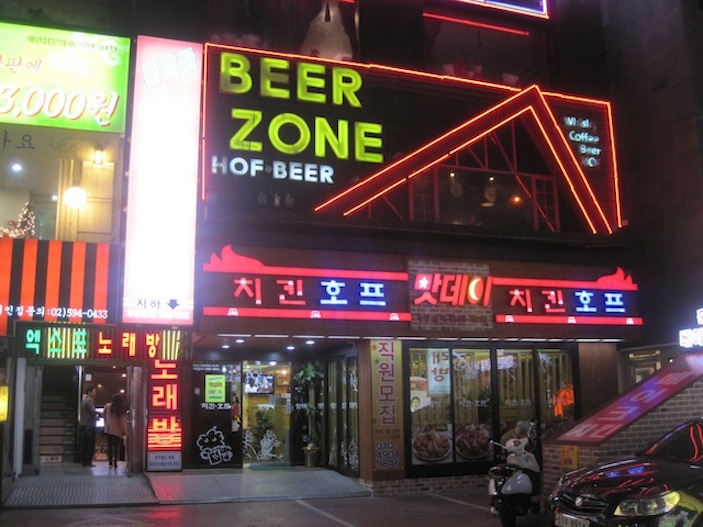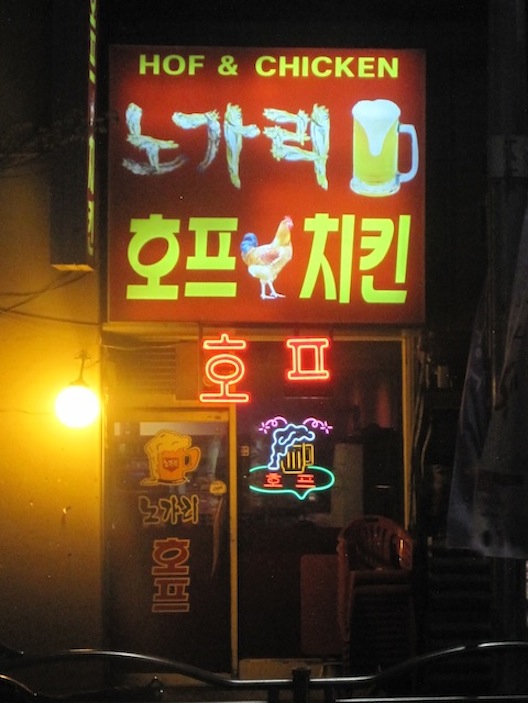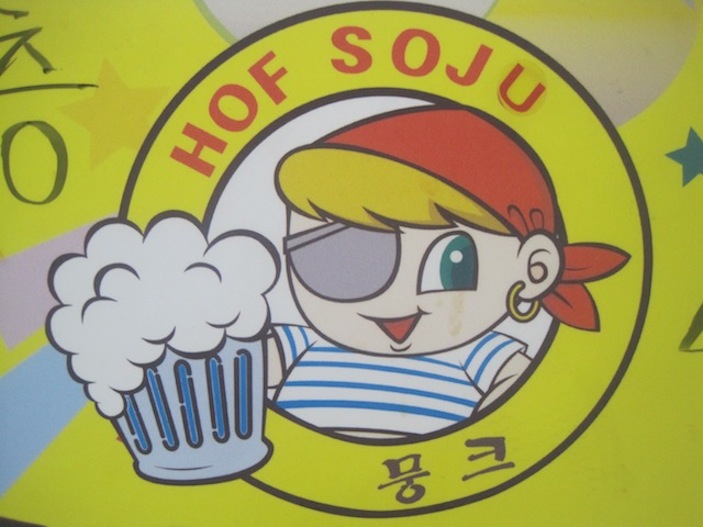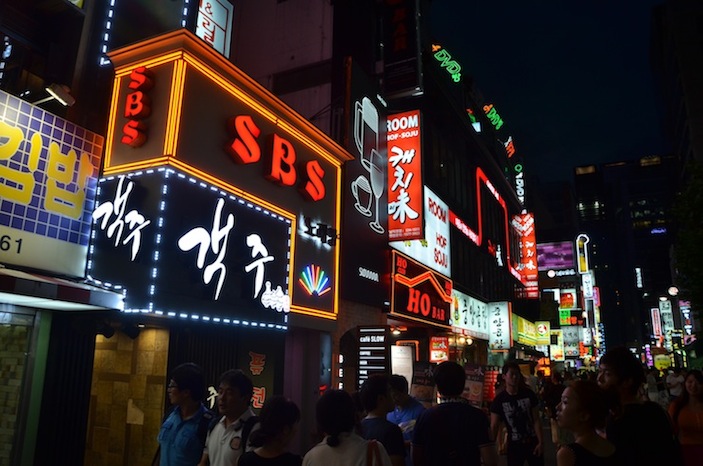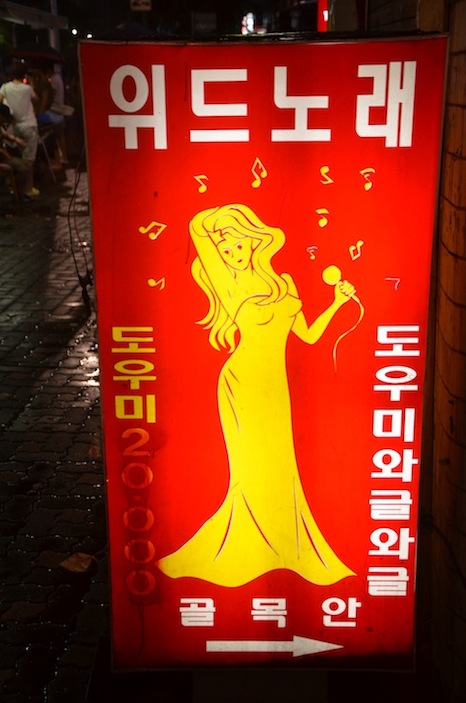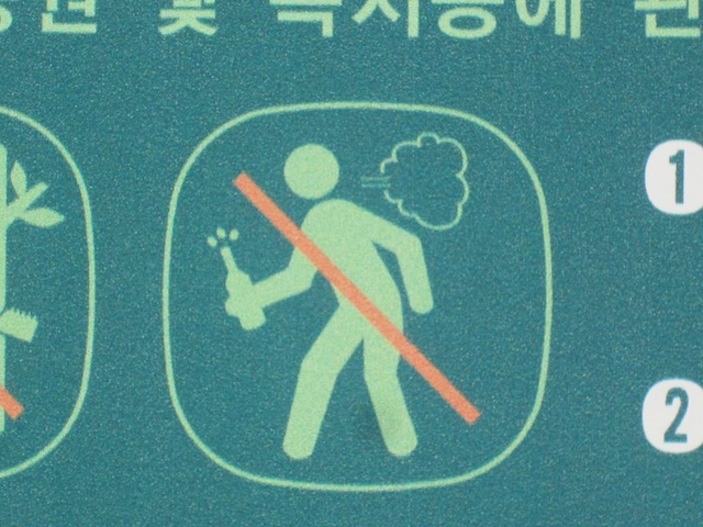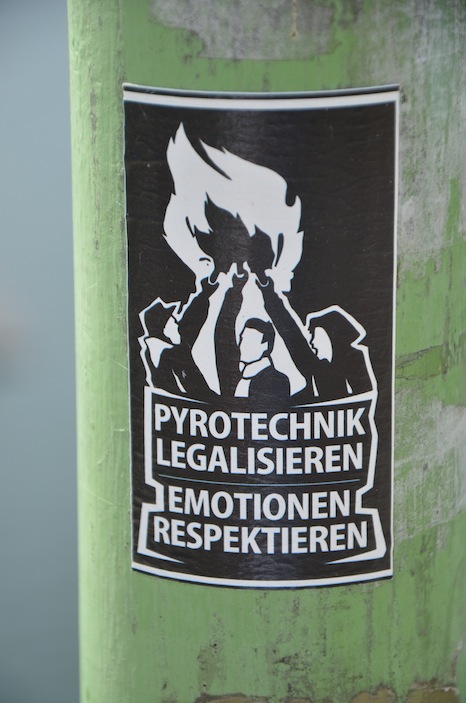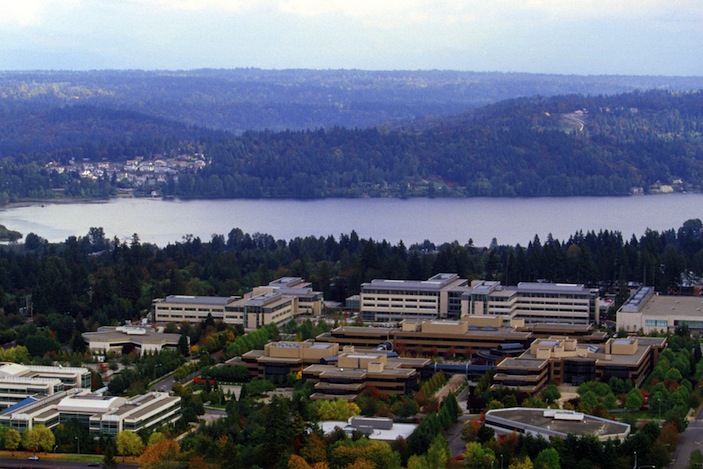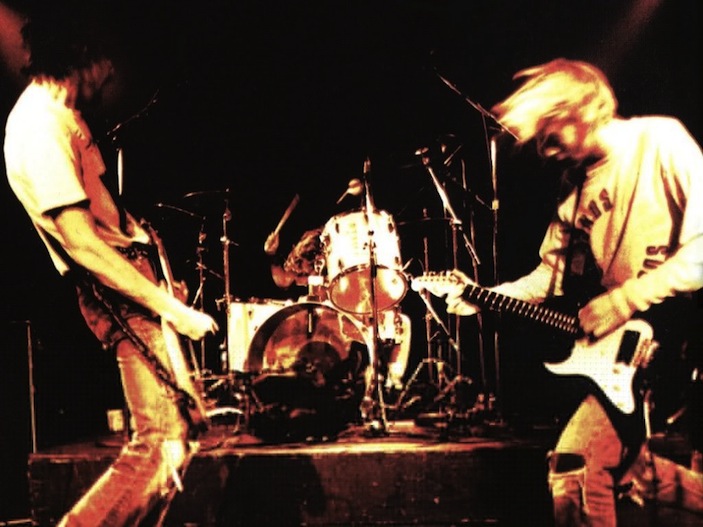A Place Where You Can Pay with KitKats!
How’s this for creative marketing?
Train travelers using the Sanriku Railway network in Japan’s Iwate Prefecture can now use KitKats as train passes.
The concept is part of a scheme by Nestlé to rejuvenate tourism in the northern province, following the devastating effects of the 2011 Tōhoku Earthquake.
Customers can buy special packs of KitKat for less than the cost of a standard ticket as part of the initiative, which is the first time a Japanese rail company has allowed confectionery packaging to be used as a method of payment.
The move isn’t the first time Nestlé has helped the Sanriku railway get back on track following the natural disaster.
In 2011 the brand discovered that members of the reconstruction team were gifting one another KitKat treats as messages of encouragement, due to the similarity between the its name and the Japanese phrase “Kitto-Katsu,” meaning “you will surely win.”
Consequently, the brand began donating 20 yen (around $0.20) to the rebuilding project for each bar exchanged.
KitKat has also decorated two of the trains and two of the rebuilt stations with cherry blossom motifs, which symbolize hope in Japan.
The move comes as the Japanese government recently announced plans to offer free Wi-Fi to tourists who register their passport details upon arriving in the country, in a bid to boost visits from foreign travelers.
KitKat train tickets will be available this month and will be valid on Sanriku Railway trains through May 2015.
.jpg)
